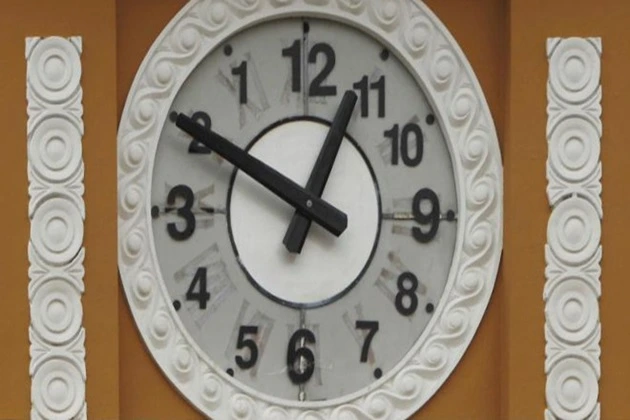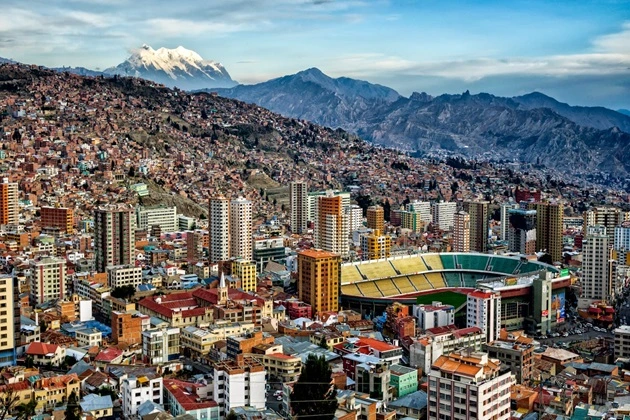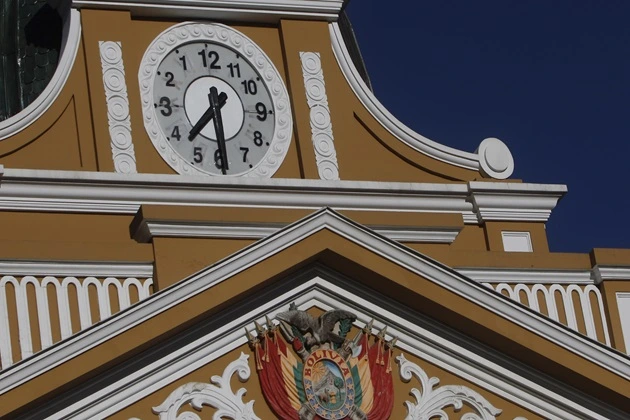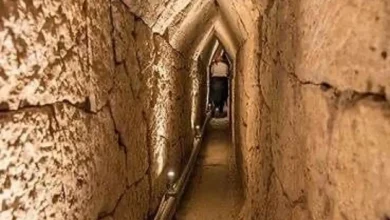What makes the two Bolivian peoples unique, and why the clock running backward perfectly represents their culture?

In the center of Bolivia’s largest city, La Paz, which is the de facto capital of this country, is Murillo Square. The Legislative Assembly of Bolivia is located there. This beautiful building has a tower crowned by a very unusual clock. The fact is that they are a mirror image of an ordinary clock; that is, according to them, time goes backward. In 2014, the numbers on this watch were reversed. Who did this, why, and why do Bolivians believe this is the ideal image of their “southern” culture?
What is the uniqueness of the two peoples of Bolivia

The building that houses the Bolivian Legislative Assembly today was initially intended to house the headquarters of the Bolivian Central Bank. It was built in the 1920s, and construction took almost three decades. The material used in this process was considered advanced at that time. It is one of the first concrete structures in Bolivia.
A clock was installed on the tower, located in the center of a beautiful building with columns. At first, it was a very ordinary watch, but in 2014, it became a mirror image. The initiator of this was the Minister of Foreign Affairs of Bolivia, David Choquehuanca. He explained his idea by saying that such a passage of time best reflects the country’s culture.
The Minister said this change is necessary for Bolivians to appreciate their ancient cultural heritage. It should also help them remember their roots, honor the precepts of their ancestors, and pass this knowledge on to future generations. Visit. A F R I N I K . C O M. For the full article. There are two indigenous peoples in Bolivia—Aymarans and Quechuans. Their uniqueness is expressed in the fact that they discuss the past as the future and vice versa. For them, the past is what’s ahead, and the future is what’s behind.
What is the meaning of the clock going backward

In addition to the sacred meaning of the indigenous peoples of the Andes culture, unusual watches also have a more mundane meaning. The clock inverted in this way reflects the direction of movement of the shadow from the arrow on the sundial in the southern hemisphere. This is important because modern traditional watches are an evolved form of sundial.
Therefore, the direction of the hands on the clock tower of the Bolivian parliament only reflects the pattern of shadow movement in this part of the world, which moves counterclockwise. In the northern hemisphere, everything happens exactly the opposite—the shadow moves clockwise. This makes the La Paz clock going backward a mirror image of the natural movement of shadows in the northern hemisphere.
However, this principle is only sometimes accurate. During the year, the direction of the shadow’s movement changes because La Paz is located close to the equator, and the shadow does not always move counterclockwise. For several months of the year, the direction of the shadow reverses. This happens when the sun passes south of La Paz during the southern hemisphere’s summer months.
The residents of La Paz reacted to this creative idea in different ways. Some needed help understanding the essence, and some mistook what happened for a mistake. Some heartily welcomed the changes. Some Bolivians believe all clocks on the continent should be turned back.




